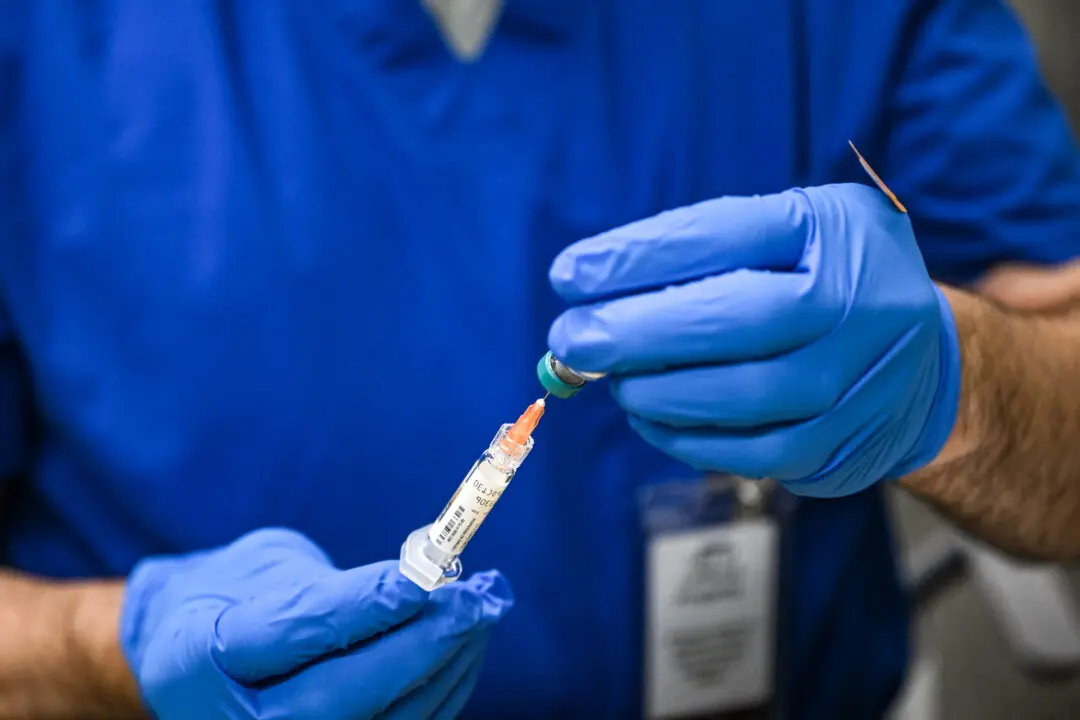Two new deaths from the COVID-19 disease took place in Iran, authorities said on Feb. 21, as people from Iran arriving in Canada and Lebanon tested positive for the virus.
Iranian authorities reported the first cases of the disease, which is caused by a new coronavirus, on Thursday. In an update soon after, they said the first two patients in the country both died.





